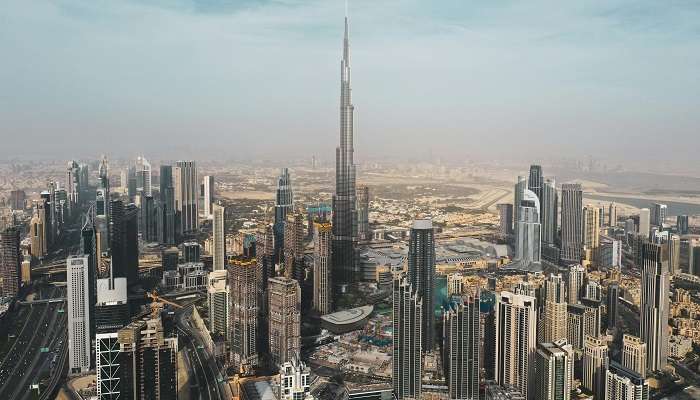Sharjah Calligraphy Museum: Explore the Glimpse Into The World Of Written Words
The Sharjah Calligraphy Museum is an honour to the immortal art of magnificent written text and is located in the heart of the United Arab Emirates.This aesthetic marvel located in Sharjah pays homage to the rich legacy and extensive variety of calligraphy styles from across the globe. Let’s take you through the artistic beauty of calligraphy by shedding light on the historical significance of the exquisite calligraphy museum of Dubai.
History of Sharjah Calligraphy Museum
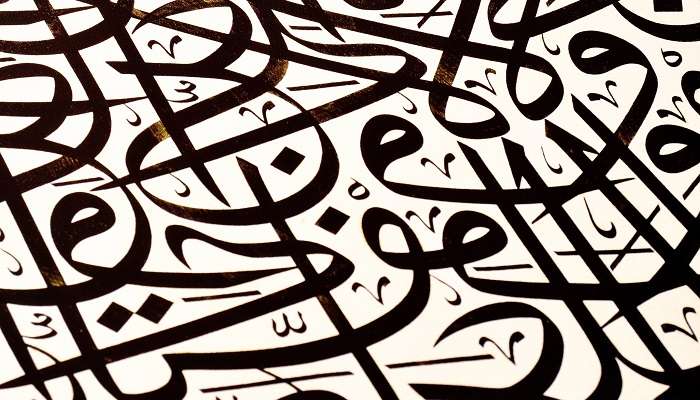
The art of calligraphy, or elegant handwriting, has a rich and extensive history that crosses many countries and civilizations. Writing becomes a visual art form as a result, surpassing simple handwriting. Islamic calligraphy is a deeply ingrained art form that rose to prominence in the region as a method of recording and preserving the sacred Quran. Numerous calligraphic styles have developed over the ages, each of which reflects the unique cultural characteristics of the areas in which it was most popular.
Sharjah, a cultural hotspot in the United Arab Emirates, is renowned for its commitment to preserving and encouraging Islamic art traditions. Sharjah Calligraphy Museum, which opened its doors in 2002, is a shining example of this commitment. It is located inside the Sharjah Museum of Islamic Civilization and has become an attraction for calligraphers, artists, and those who are fans alike.
Must Read: Dubai Museums
Architecture of Sharjah Calligraphy Museum
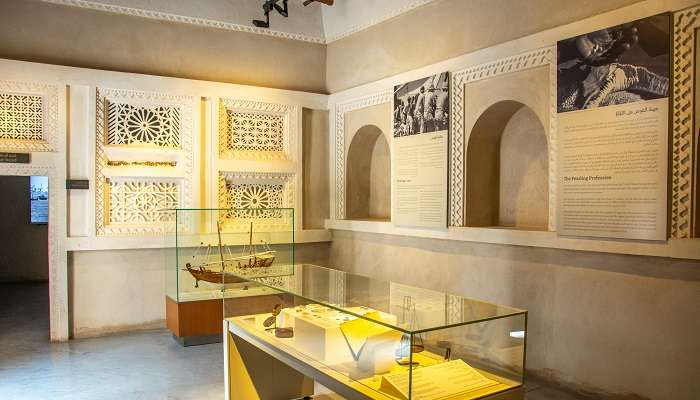
The Sharjah Calligraphy Museum welcomes guests with a visually pleasing fusion of modern design features and traditional Islamic architecture. The building itself is a work of beauty, including a magnificent dome that honours the architectural marvels of the Islamic world and elaborate arabesque patterns covering its exterior.
The museum’s exquisite interior design captivates visitors even after they go inside. The galleries are arranged with care to take visitors on a chronological tour of calligraphy, including its historical roots as well as more modern manifestations. Visitors are able to fully immerse themselves in the beauty of the written word thanks to the inviting ambiance created by the use of natural light and large display halls.
Collections of Sharjah Calligraphy Museum
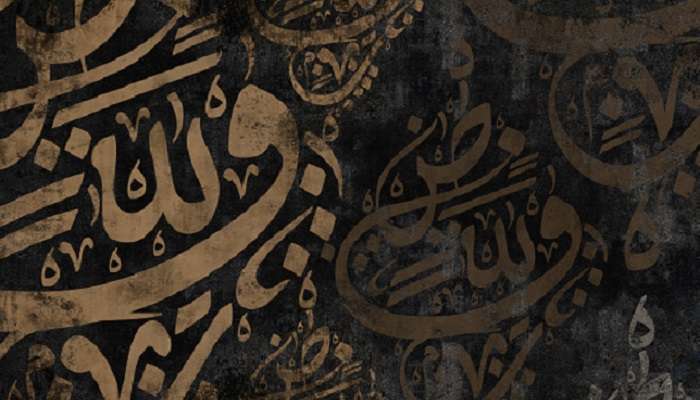
The collection, which includes works from a wide range of historical periods, scripts, and styles, is the main attraction of the Calligraphy Museum. The exhibitions trace the evolution of calligraphy, showing how art has adapted and thrived in various places and cultures.
Suggested Read: Things To Do In Sharjah
1. Historical Calligraphy: Foundations and Customs

The Sharjah Calligraphy museum’s story begins with an examination of early calligraphy and its origins in the Arabian Peninsula. Viewers see the meticulous craftsmanship of scribes who devoted their life to the preservation of sacred writings when they come upon old manuscripts and inscriptions.
Highlights include Quranic texts written in Kufic and Naskh scripts, among others. Understanding the evolution of calligraphic techniques and their relevance in Islamic art is made easier by looking at these early examples.Highlights include Quranic texts written in Kufic and Naskh scripts, among others. Understanding the evolution of calligraphic techniques and their relevance in Islamic art is made easier by looking at these early examples.
2. Islamic Calligraphy’s Golden Era

The Sharjah Calligraphy museum transports visitors to the Islamic Golden Age, when the arts and sciences were at their height of development. During this period, calligraphy advanced to unparalleled levels of complexity and variety. The graceful Thuluth and Nastaliq styles emerged as the scripts changed. The museum’s walls are decorated with exquisite examples of calligraphic masterpieces from this era. Tourists are in admiration of the fine intricacies, soft curves, and flawless symmetry that define the creations of well-known calligraphers of the era.
Suggested Read: Al Ain Museums
3. Area-Specific Styles: A Multifaceted Tapestry

The museum’s embrace of local calligraphic styles is one of its strong points. Visitors find a plethora of scripts reflecting the cultural and linguistic diversity of the Islamic world, stretching from the Maghreb to Persia.
One notable example of how cultures are interwoven is the Andalusian alphabet, which was shaped by the blending of Islamic and Spanish traditions. In a similar vein, the imperial grandeur of the Ottoman Empire is depicted by the Ottoman script, which is distinguished by its bold and magnificent appearance.
4. Modern Expressions: Exceeding Limits
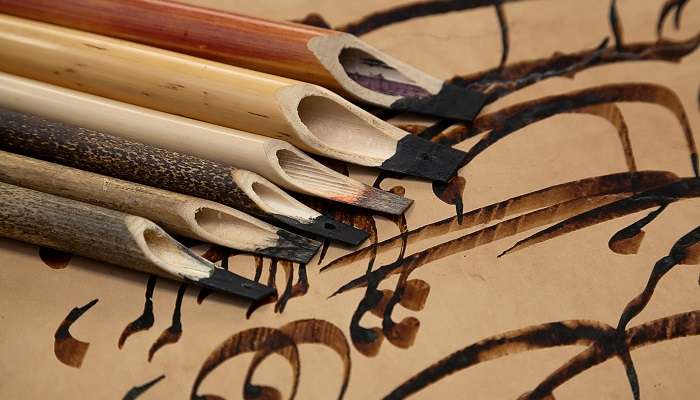
The Sharjah Calligraphy Museum displays not only calligraphy from the past but also calligraphy from the present day, which is colourful and active. Visitors can learn how this age-old art form is still evolving and adjusting to modern sensibilities through a carefully chosen collection of pieces created by contemporary calligraphers.
Calligraphers are pushing the limits of tradition by experimenting with new mediums and styles in the age of digital communication. The museum offers a forum for conversation between the past and present by showcasing the works of contemporary calligraphers in a series of rotating exhibitions.
Suggested Read: Etihad Museum In Dubai
Protecting Cultural Heritage: Challenges and Opportunities of Sharjah Calligraphy Museum
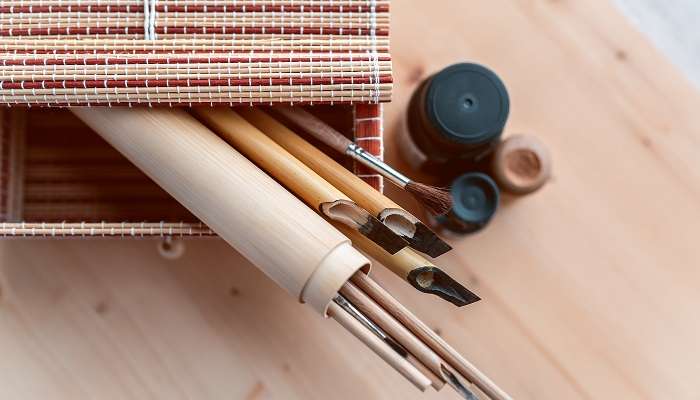
The Sharjah Calligraphy Museum’s collection is extensive and diverse, thus maintaining and conserving it has its own set of difficulties. Paper, ink, and pigments are sensitive materials that need to be handled with great care and conservation. The museum employs a hardworking group of conservators who are committed to preserving the beauty of each artwork for future generations.
The necessity to strike a balance between accessibility and preservation is one of the issues the museum faces. Digital technology, like interactive displays and high-resolution virtual tours, have reduced the amount of physical handling of fragile objects while increasing the collection’s accessibility to a worldwide audience.
The museum’s achievement in promoting and conserving calligraphy is further aided by partnerships with foreign museums and cultural organisations. The Calligraphy Museum joins a worldwide network aimed at preserving cultural heritage by means of exchanges and loans.
Further Read: Louvre Abu Dhabi
The Sharjah Calligraphy Museum is a shining example of both creative celebration and cultural preservation. Plan a trip to UAE to explore its sophisticated architecture, varied collection, and dedication to teaching, the museum creates a word tapestry that cuts across boundaries and time.
For our editorial codes of conduct and copyright disclaimer please click here.
Cover Image Source: Shutterstock
Frequently Asked Questions about Sharjah Calligraphy Museum
When was the Sharjah Calligraphy Museum established?
The Sharjah Calligraphy Museum first opened its doors on June 12, 2002 and is located in the Sharjah Heritage Area in the house of Hamad Al Midfa.
Is there any entry fee for Sharjah Calligraphy Museum?
Entry Fees to the Museum for Children under 2 years is free, From Children ( 2 to 12 years): 5 AED. For adults ( 13+ years) the fare is 10 AED.
What is Islamic Calligraphy Art called?
Islamic Calligraphy Art is known as Arabic Calligraphy which is the artistic practice of handwriting and calligraphy based on Arabic alphabet.
How can I reach Sharjah Calligraphy Museum?
If you wish to visit this museum from Dubai then take E303 bus from the Union Station and then it is just 5 to 10 minutes walk to the museum from the bus stand.
What is the significance of Calligraphy in Sharjah’s Cultural Heritage?
The Sharjah Calligraphy Museum honours domestic and foreign artist calligraphers, showcasing their unique creations in displays designed to highlight the elegance of Arabic calligraphy. It aims to emphasise how vital it is to preserve this art.
People Also Read:
Museums In Prague Museums in Bedulu Bali Famous Museums in India

Experience the world through captivating stories of adventure and travel. As a senior content writer, I bring my passion for exploration to life, crafting tales that take you on a journey. With my words, you’ll feel the thrill of discovery and the joy of experiencing new cultures. Let me turn your imagination into a reality with stories that inspire you to explore and embrace the world.




